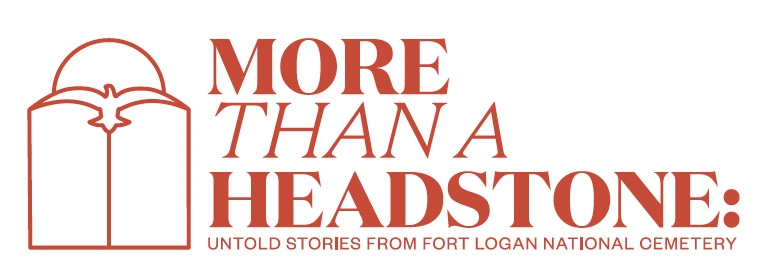A Hero Gone, But A Legacy Carried On
By Philip Drescher
Harry Charles Miller
October 15, 1918 – October 25, 1944
Harry Charles Miller was born on October 15, 1918, to parents Charles C. Miller and Kathrien Hart Miller in Fosston, Colorado.[1] Miller grew up in Colorado, and did not have any siblings.[2] Harry Charles Miller enlisted in the United States Army Air Corps on December 13, 1940, from Roanoke County, Virginia.[3] Miller started his time in service as an aircraft mechanic on B-18 and B-17 bombers in Puerto Rico, along with subsequent assignments near the Panama Canal Zone and the Galapagos Islands.[4]
In April of 1944, Miller was deployed to the “China-Burma-India Theatre” and was assigned to 20th Air Force, XX Bomber Command, 58th Bomb Wing, 40th Bombardment Group, 45th Bomb Squadron stationed at Chakulia Airdrome in the Bengal Province of India.[5] Miller quickly received recognition from his peers for his extensive knowledge of all the systems on the B-29, as Miller was given the status of Flight Engineer.
40th Bombardment Group B-29 crossing the Himalaya Mountains "Hump" flying from India to China. United States Army Air Forces - US Naqtional Archives viaUS Naqtional Archives via Dorr, Robert (2002), B-29 Units of World War II, Osprey Publishing. ISBN 1841762857
On 15 June 1944, Miller was involved in the first American Air Force attack - Operation Matterhorn - on the Japanese Home Islands since 1942.[6] Miller and his peers targeted Yawata Iron and Steel Works, which was regarded as “the Pittsburgh of Japan," to help cut down the enemy’s supplies. As Operation Matterhorn consisted of bombing Japan, Miller and his B-29 aircraft flew over the Himalayan Mountain Range and staged bombing missions through Hsinching Airfield near Chengdu, China.
On October 25, 1944, Miller helped fly a Boeing B-29 Superfortress nicknamed "20th Century Unlimited" as the Flight Engineer. While attempting to bomb and overtake the target area, his aircraft was attacked and shot down by an enemy fighter plane. The aircrew was forced to bail out of the disabled B-29 over the mountains of central China as the aircraft was running low on fuel during the return trip. As a result of bailing out of the plane, Miller died soon after reaching the ground. Missionaries buried him in a Christian cemetery at Fenghsien in Hupeh Province, China. Harry’s remains were moved to Fort Logan National Cemetery in 1950.[7]











